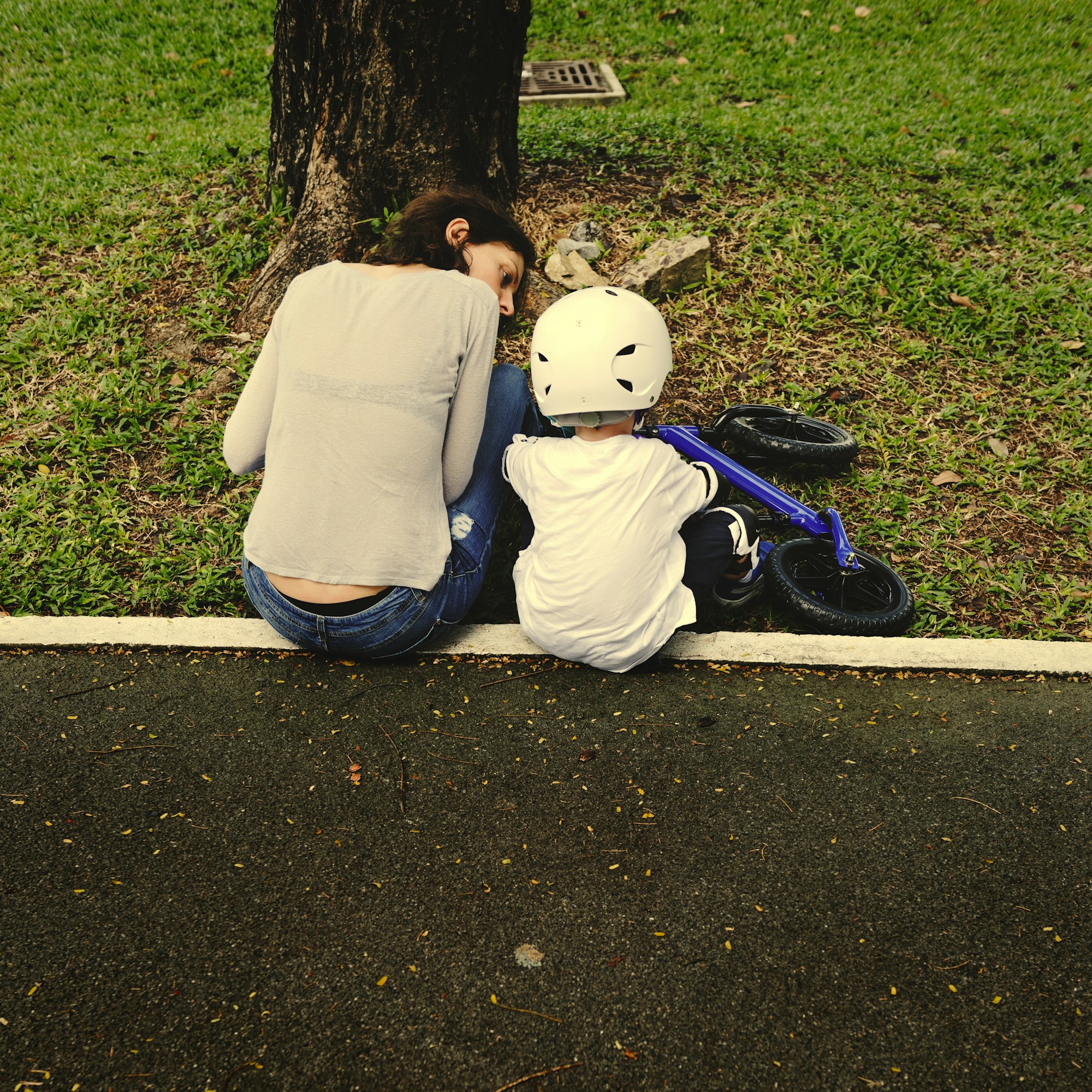Disciplining children is a crucial part of parenting, but it doesn’t have to be about punishment and conflict. Creative discipline involves using positive techniques to guide children towards better behavior while maintaining a loving and supportive environment. Here are some effective strategies to help you discipline your children creatively and positively.
1. Understanding Creative Discipline
1.1 What is Creative Discipline?
Creative discipline focuses on teaching and guiding rather than punishing. It involves positive reinforcement, setting clear expectations, and using creative methods to encourage good behavior.
1.2 Why Use Creative Discipline?
This approach helps build a strong parent-child relationship, fosters emotional intelligence, and promotes long-term behavioral change. It also reduces stress and conflict in the household.
2. Setting Clear Expectations
2.1 Define Rules and Boundaries
Clearly communicate the rules and boundaries to your children. Make sure they understand what is expected of them and why these rules are important.
2.2 Use Positive Language
Frame rules positively. Instead of saying “Don’t run in the house,” say “Please walk inside.” This encourages children to focus on what they should do rather than what they shouldn’t.
2.3 Consistency is Key
Be consistent in enforcing rules and boundaries. Consistency helps children understand the consequences of their actions and builds trust.
3. Positive Reinforcement
3.1 Praise and Rewards
Acknowledge and praise your child’s good behavior. Use rewards like stickers, extra playtime, or a special treat to reinforce positive actions.
3.2 Token Systems
Implement a token system where children earn tokens for good behavior, which they can exchange for rewards. This provides a tangible way for them to see the benefits of their actions.
3.3 Celebrate Achievements
Celebrate your child’s achievements, no matter how small. This boosts their self-esteem and motivates them to continue behaving well.
4. Creative Consequences
4.1 Natural Consequences
Allow your child to experience the natural consequences of their actions, as long as they are safe. For example, if they refuse to wear a coat, they may feel cold and learn the importance of wearing one.
4.2 Logical Consequences
Use consequences that are directly related to the behavior. If your child makes a mess, they should help clean it up. This teaches responsibility and accountability.
4.3 Time-In Instead of Time-Out
Instead of isolating your child with a time-out, use a time-in. Sit with them and talk about their behavior, helping them understand their emotions and how to handle them better.
5. Encouraging Problem-Solving
5.1 Collaborative Solutions
Involve your child in finding solutions to behavioral issues. Ask them what they think should happen and work together to come up with a plan.
5.2 Role-Playing
Use role-playing to teach appropriate behavior. Act out scenarios and discuss how to handle different situations effectively.
5.3 Teaching Conflict Resolution
Teach your child how to resolve conflicts peacefully. Encourage them to use words, take turns, and find compromises.
6. Building Emotional Intelligence
6.1 Recognize Emotions
Help your child recognize and name their emotions. Discuss different feelings and how they can affect behavior.
6.2 Empathy and Understanding
Teach empathy by encouraging your child to consider others’ feelings. Discuss how their actions impact others and why it’s important to be considerate.
6.3 Modeling Behavior
Model the behavior you want to see. Show your child how to handle emotions, resolve conflicts, and treat others with respect.
Conclusion
Creative discipline is about guiding and teaching children through positive techniques rather than punishment. By setting clear expectations, using positive reinforcement, implementing creative consequences, encouraging problem-solving, and building emotional intelligence, you can effectively discipline your children while nurturing a loving and supportive environment.
Remember, the goal is to help your child develop self-discipline and learn to make good choices independently. With patience, consistency, and creativity, you can foster a positive and harmonious relationship with your child while promoting their overall growth and development.


